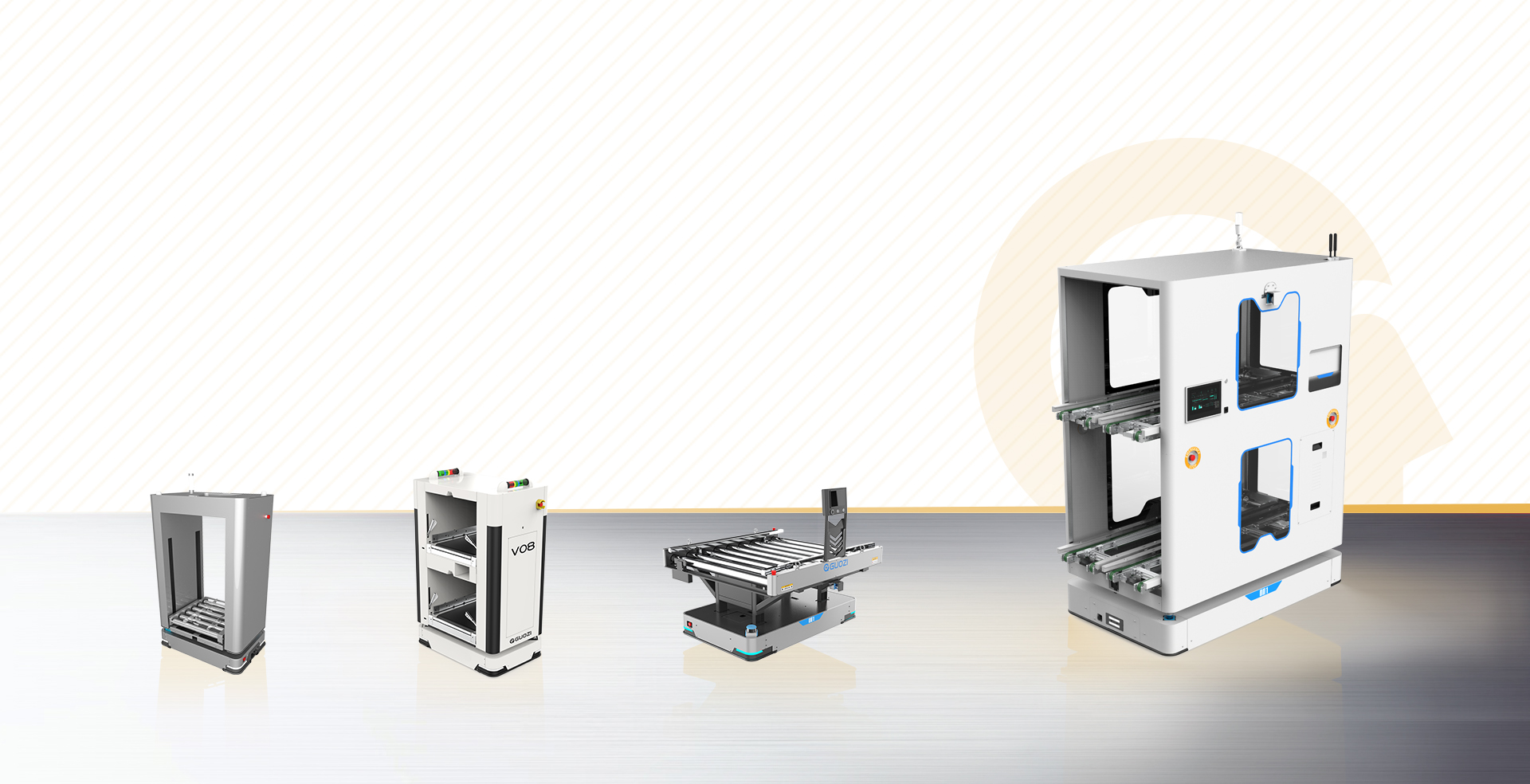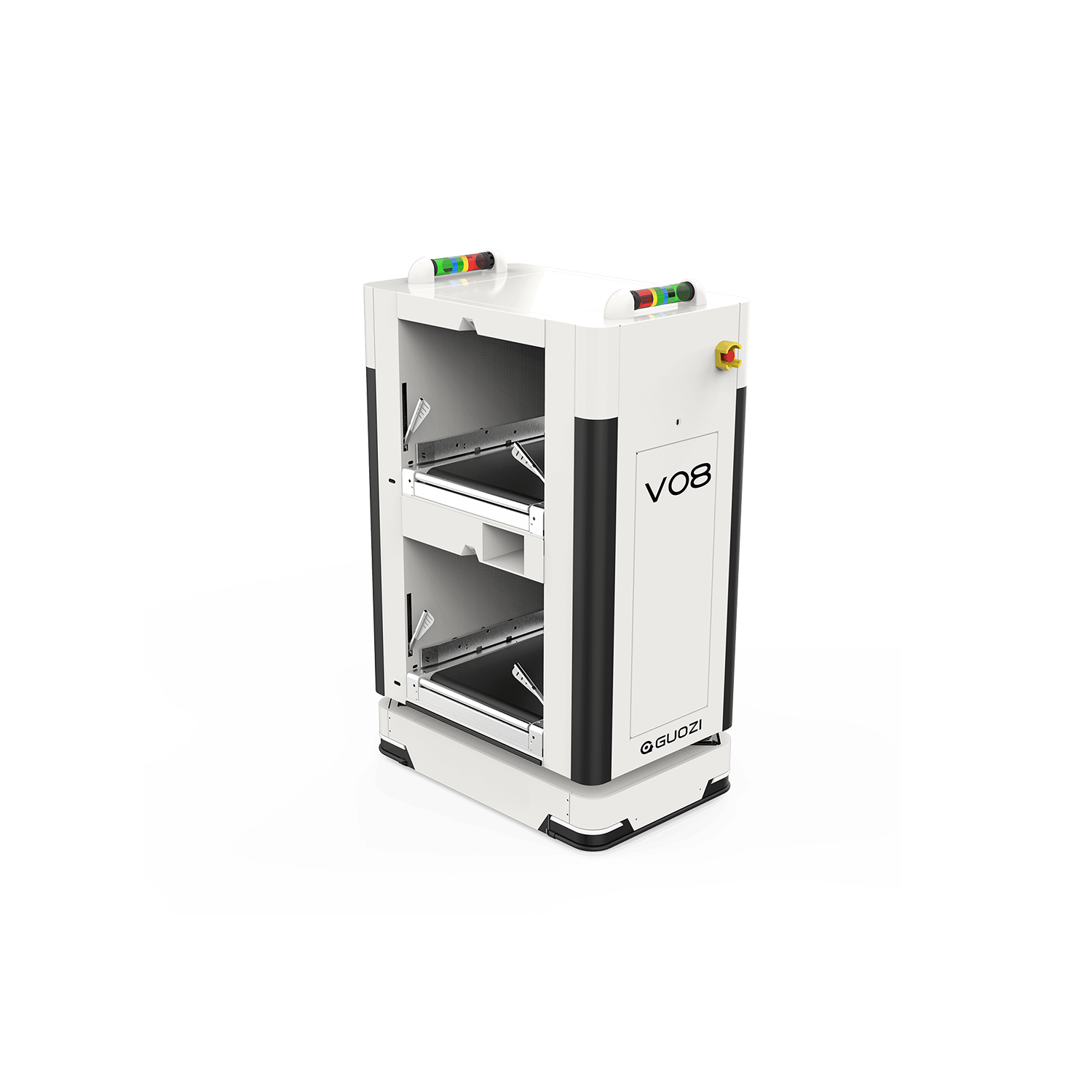In modern logistics system, the efficiency of Picking System is directly related to the operation cost and service level of enterprises. From a practical point of view, this paper discusses how to effectively improve the efficiency of Picking System by means of technological innovation, process optimization and management enhancement, and puts forward specific optimization solutions for different types of picking systems.
With the change of market demand and the rapid development of e-commerce, the logistics industry is facing great challenges. Improving the efficiency of Picking System has become the key to reduce cost and enhance competitiveness of logistics enterprises. In this paper, we will discuss how to achieve the efficiency optimization of Picking System with practical cases.
Picking System Efficiency Influencing Factors
Order Characteristics: The size, type, and urgency of the order will affect the picking efficiency;
Warehouse Layout: A reasonable warehouse Layout: Reasonable warehouse layout can reduce the walking distance of pickers and improve efficiency;
System technology: The informationization and automation level of the picking system is directly related to the operation efficiency;
Personnel quality: The skillfulness of the pickers and their work attitude have a significant impact on the efficiency;
management level: efficient management can ensure the smoothness of the picking process and the rational utilization of resources.
Picking System Efficiency Optimization Practice
People-to-Goods Picking System Optimization
(1) Optimize Warehouse Layout: Adopt the principle of regional partitioning and commodity classification storage, and reduce the walking distance of pickers. walking distance of pickers;
(2) Introducing mobile devices: using handheld terminals, smart headsets, and other devices to improve the real-time and accuracy of picking information;
(3) Implementing batch picking: reducing repetitive operations by merging similar orders to improve picking efficiency.
Goods-to-People Picking System Optimization
(1) Automated Equipment Upgrade: Introducing automated shelves, conveyor belts, picking robots, and other equipment, to reduce manual operations;
(2) Intelligent Scheduling System: Using artificial intelligence technology to realize intelligent allocation of orders and optimal path planning;
(3) Visualization monitoring: monitoring the picking process and adjusting the operation strategy in a timely manner through a real-time monitoring system.
Mixed-mode picking system optimization
(1) Flexible adjustment of the strategy: Dynamically adjusting the ratio of person-to-goods and goods-to-person according to the characteristics of the order;
(2) Multi-skilled employee training: Training employees to with multiple picking skills to improve the adaptability and flexibility of the system;
(3) Data analysis and application: Optimize the picking strategy and improve the system efficiency by analyzing historical data.
Picking System Efficiency Optimization Case Study
Taking a large e-commerce warehouse as an example, the efficiency improvement is achieved through the following measures:
Warehouse layout adjustment: Re-plan the warehouse shelf layout to reduce the walking distance of pickers by 30%;
Introduction of automation equipment: put in automatic sorting lines and robots to increase picking speed by 40%;
Informationization upgrade: put on-line intelligent warehouse management system to realize the automation and transparency of order processing;
Employee training: regular picking skills training to improve employee proficiency.
Picking System Efficiency Optimization is a systematic project, which requires enterprises to start from technological innovation, process optimization, management improvement and other aspects. Through practical case studies, we can see that reasonable optimization measures can significantly improve picking efficiency and reduce operating costs. In the future, with the development of technology, Picking System will develop in the direction of more intelligent and automated, creating greater value for enterprises.








